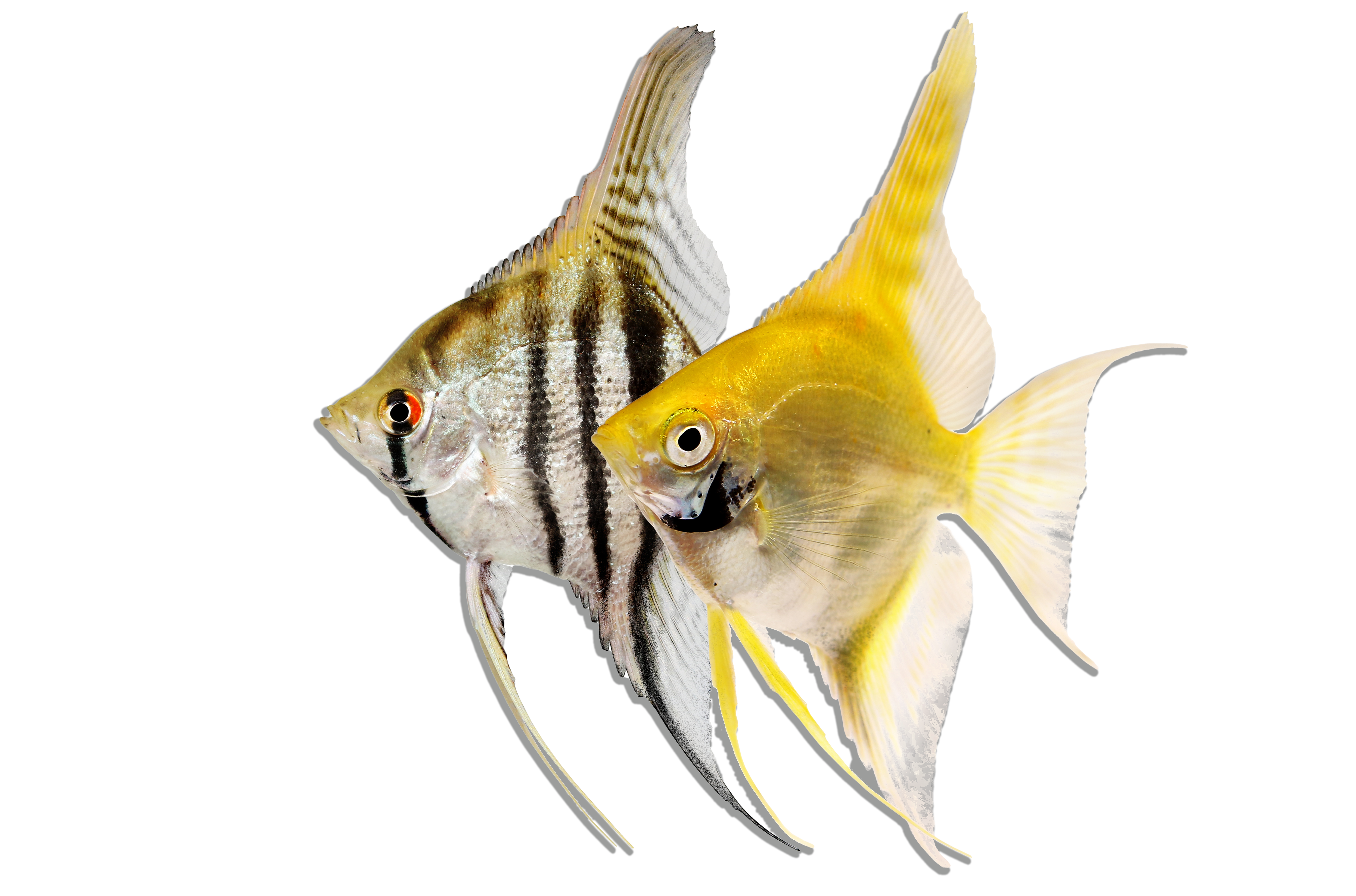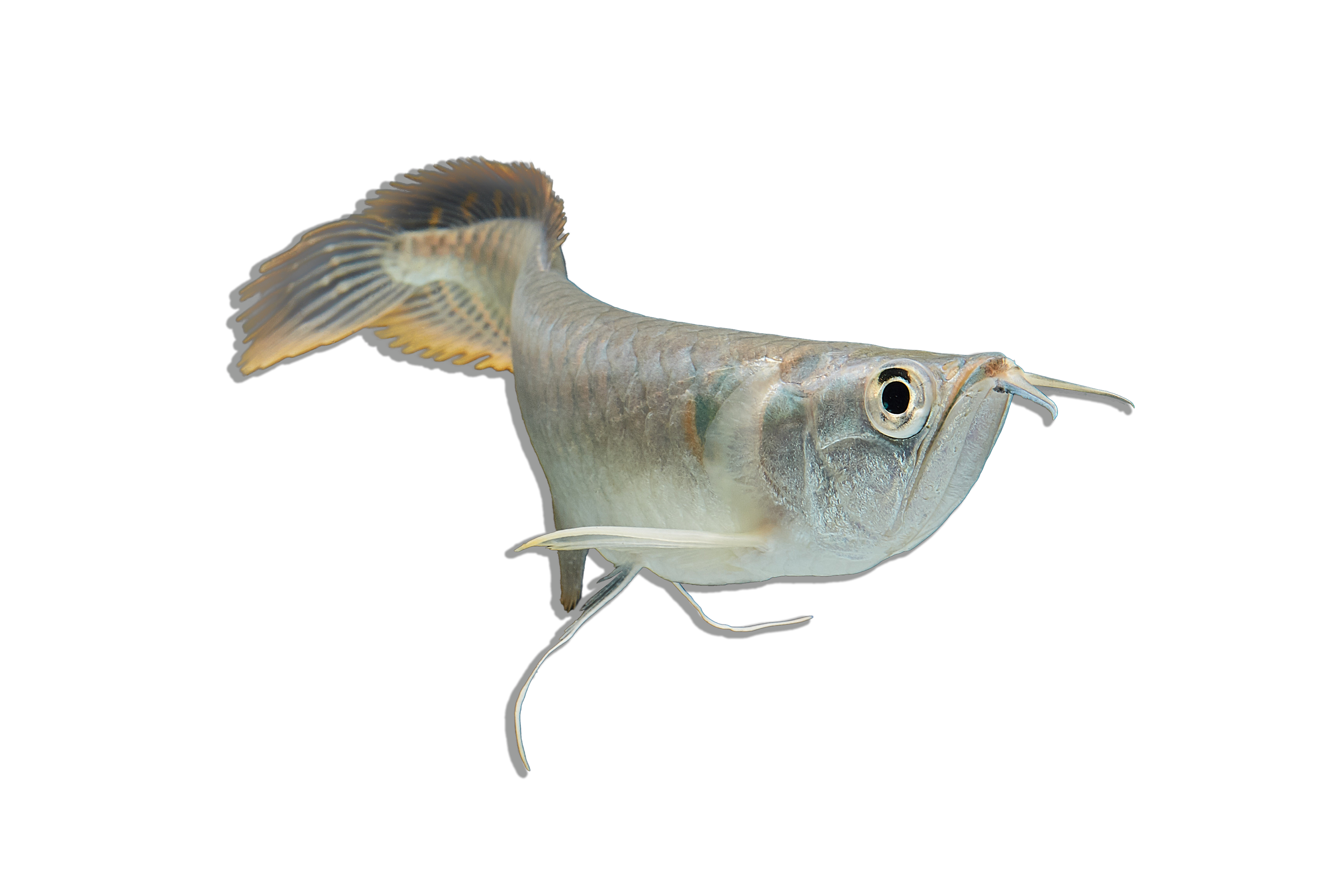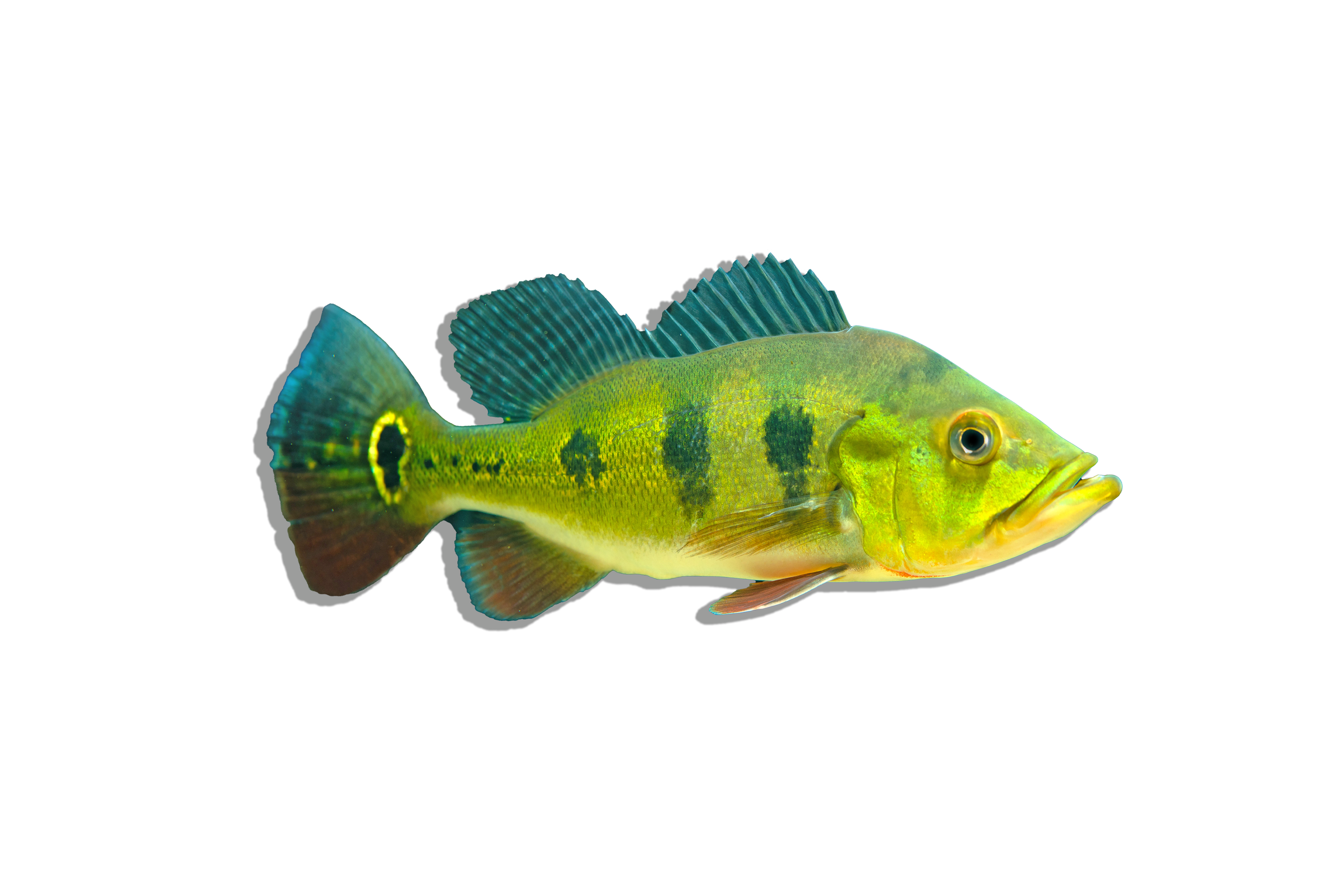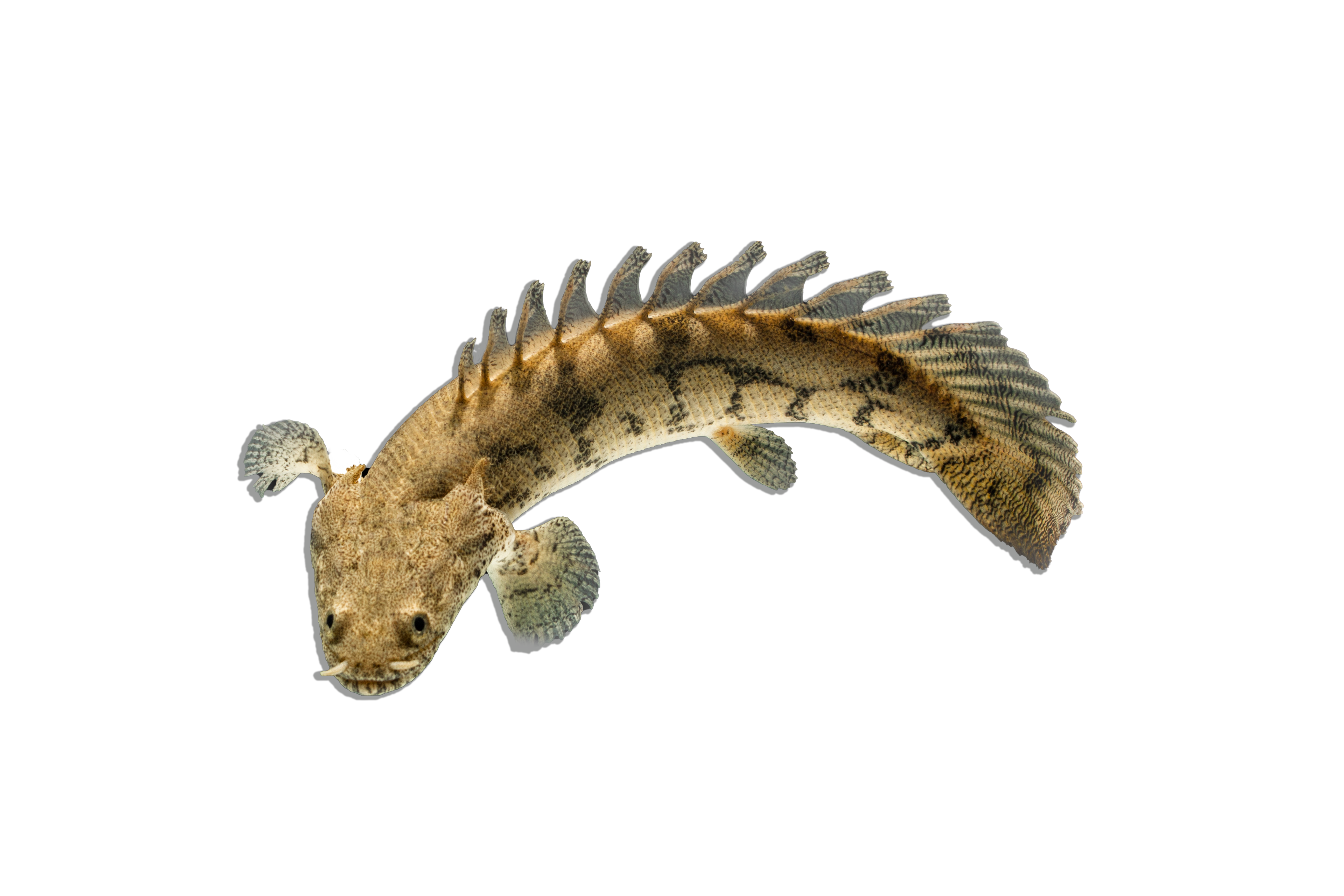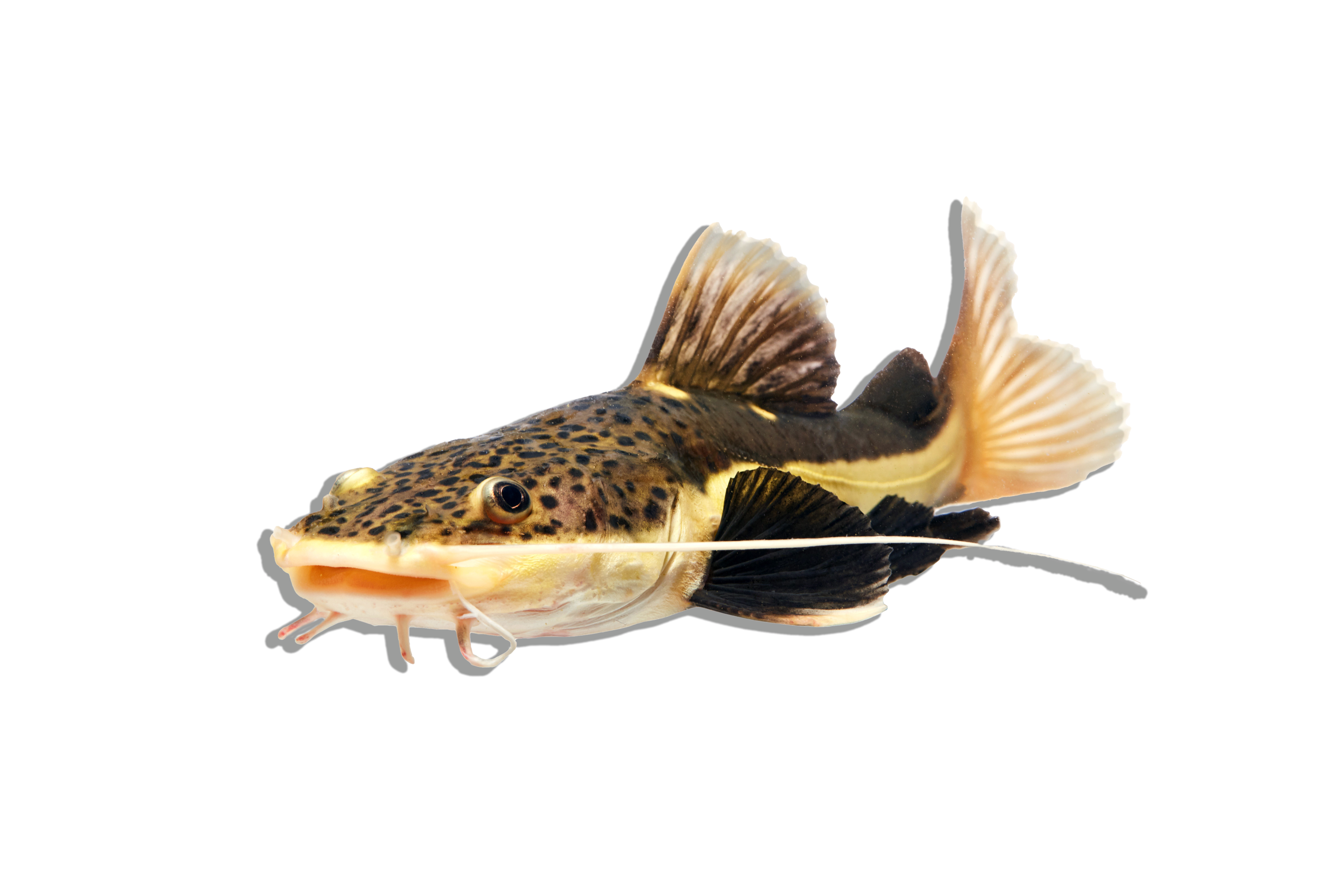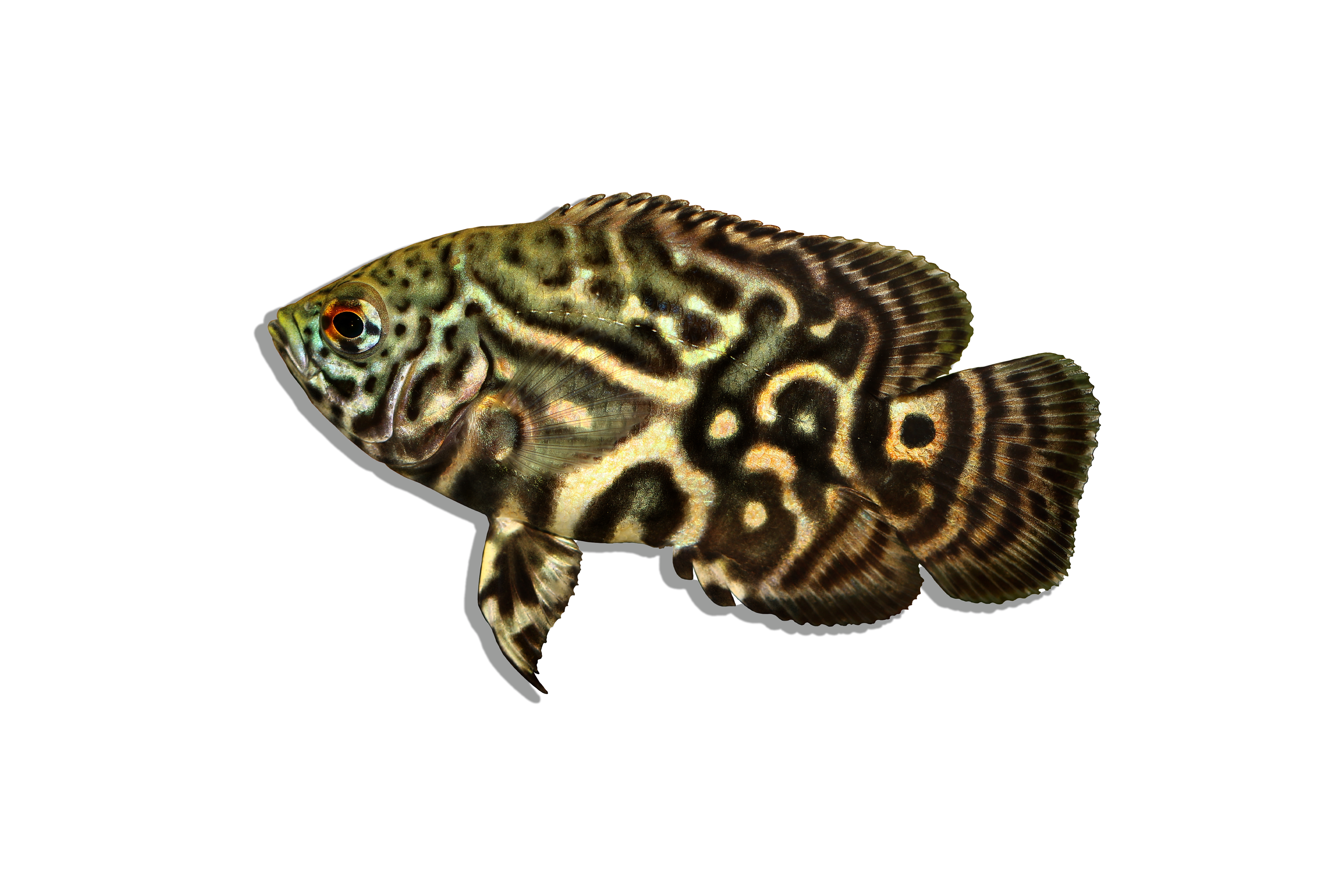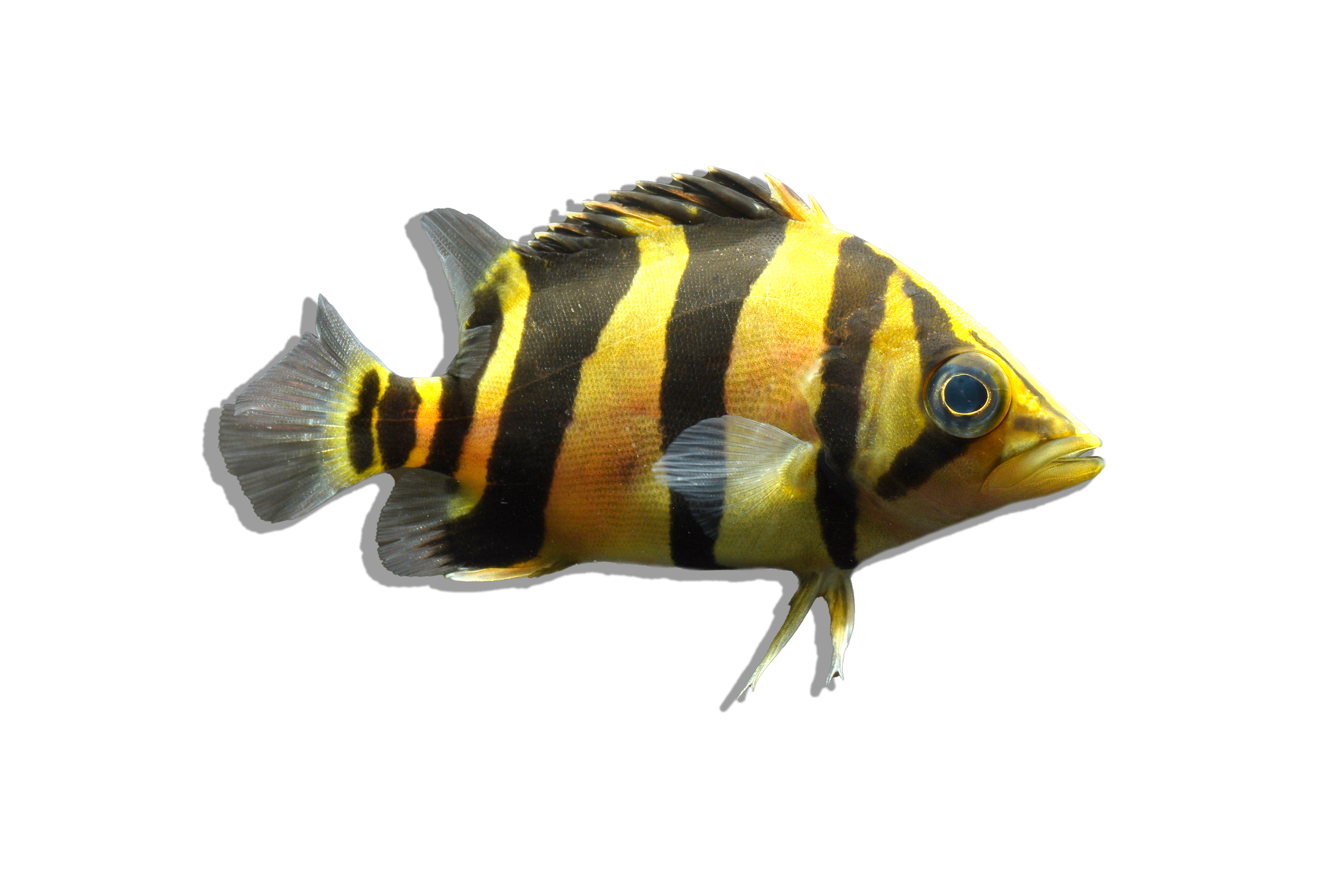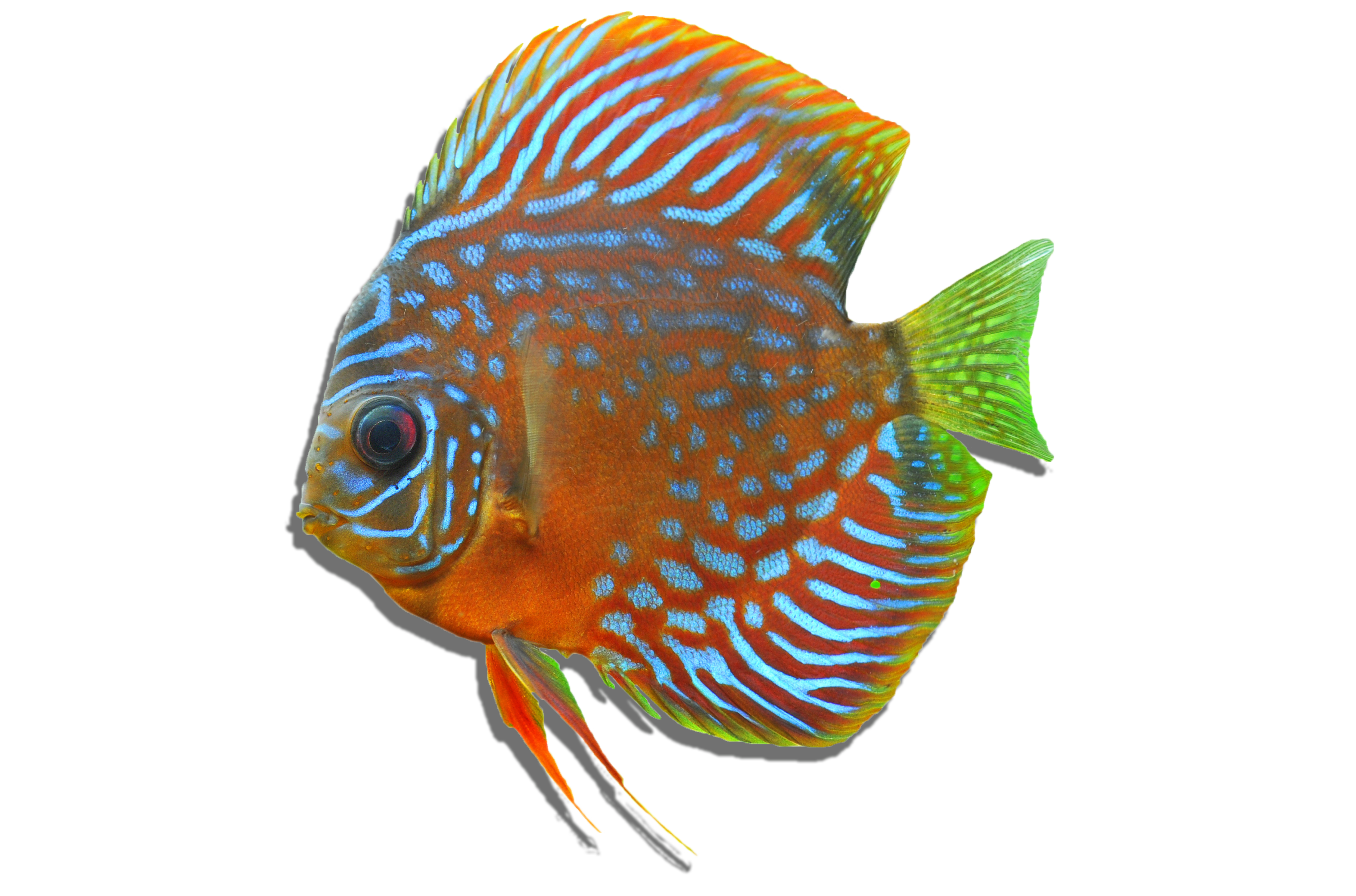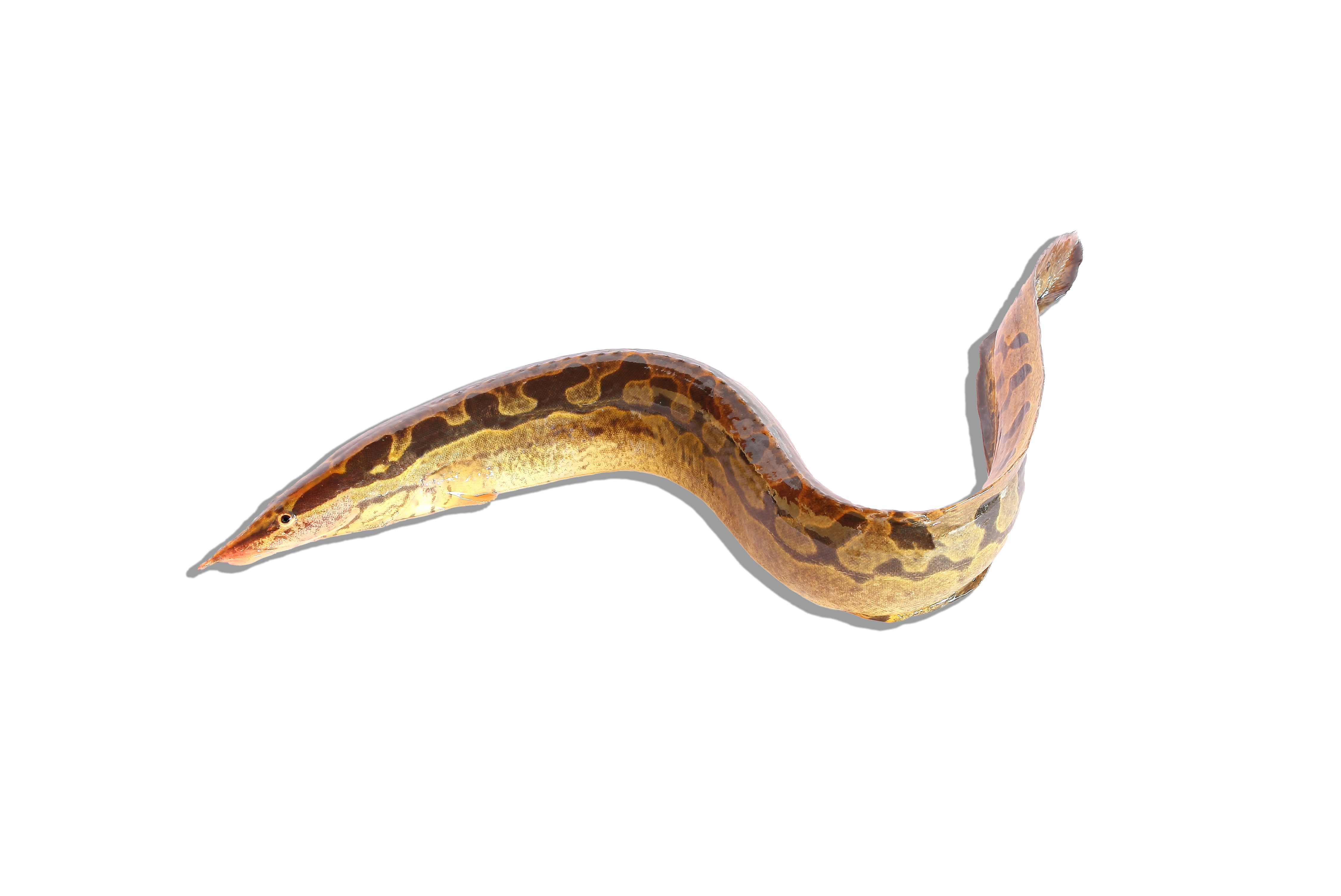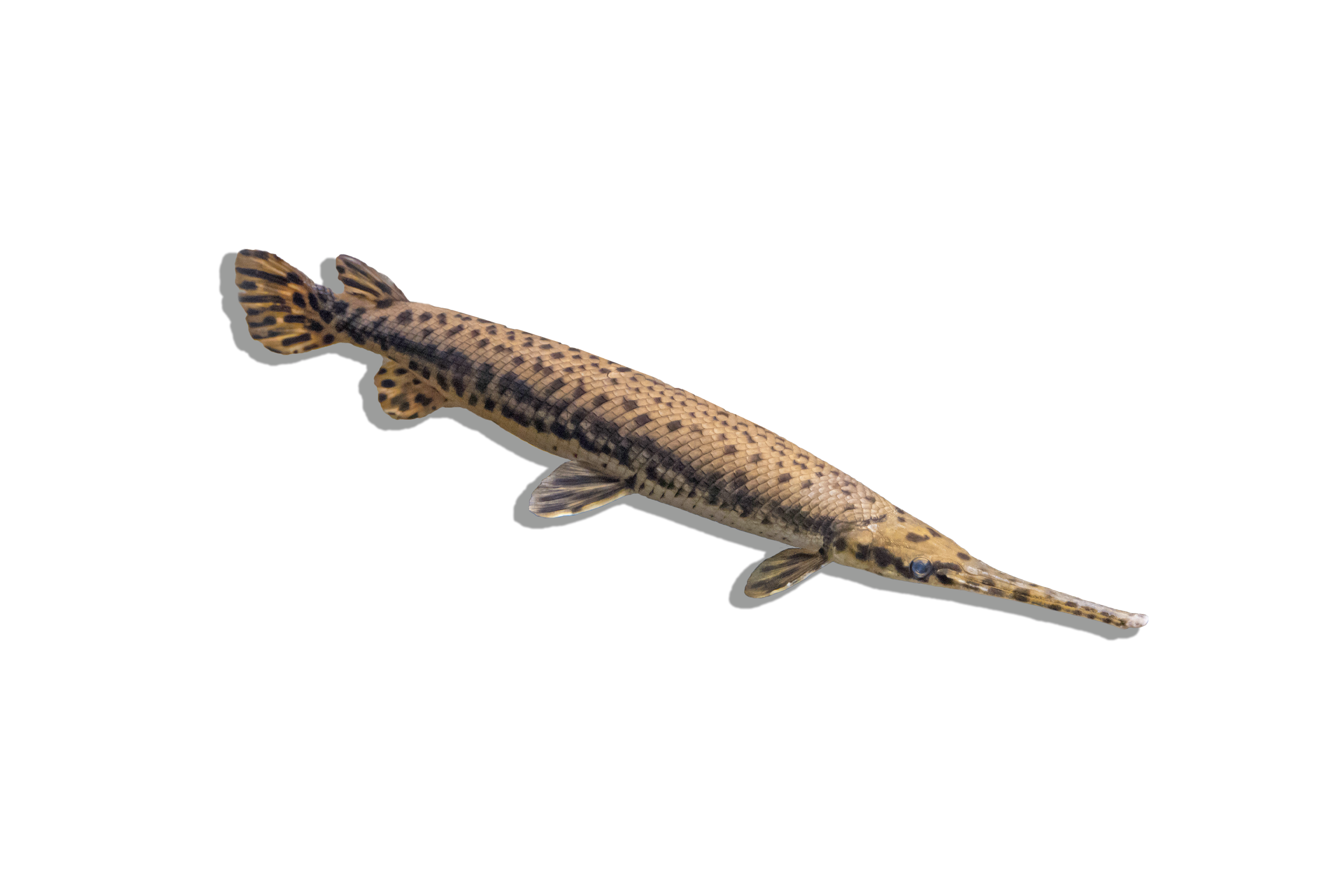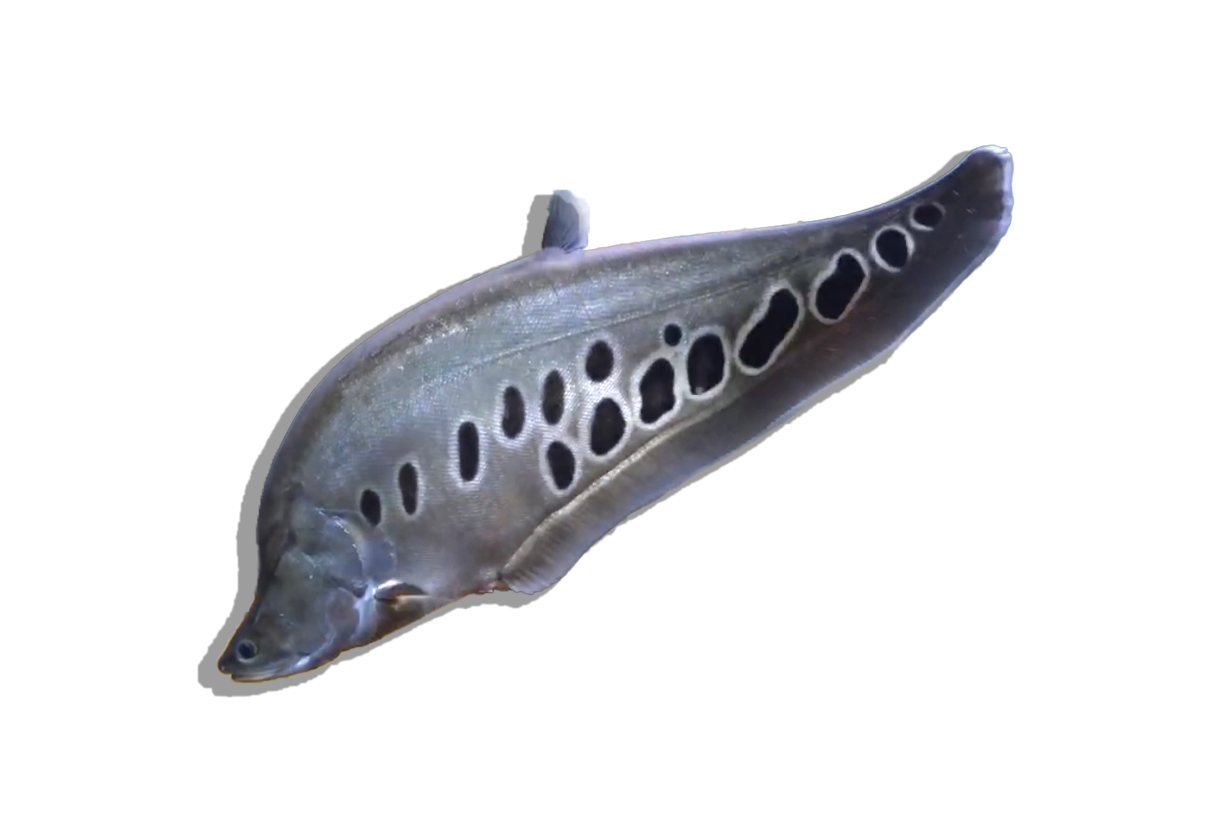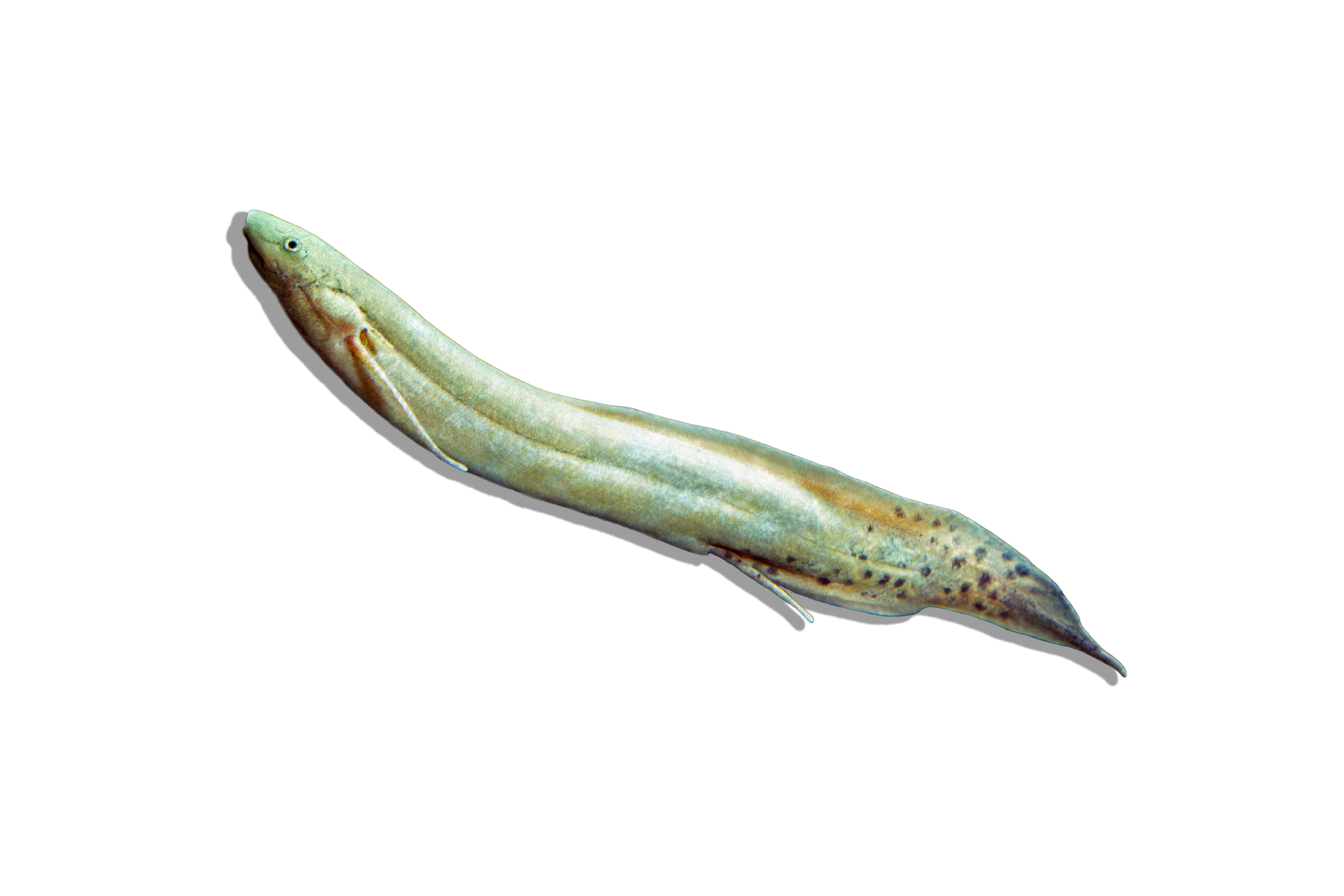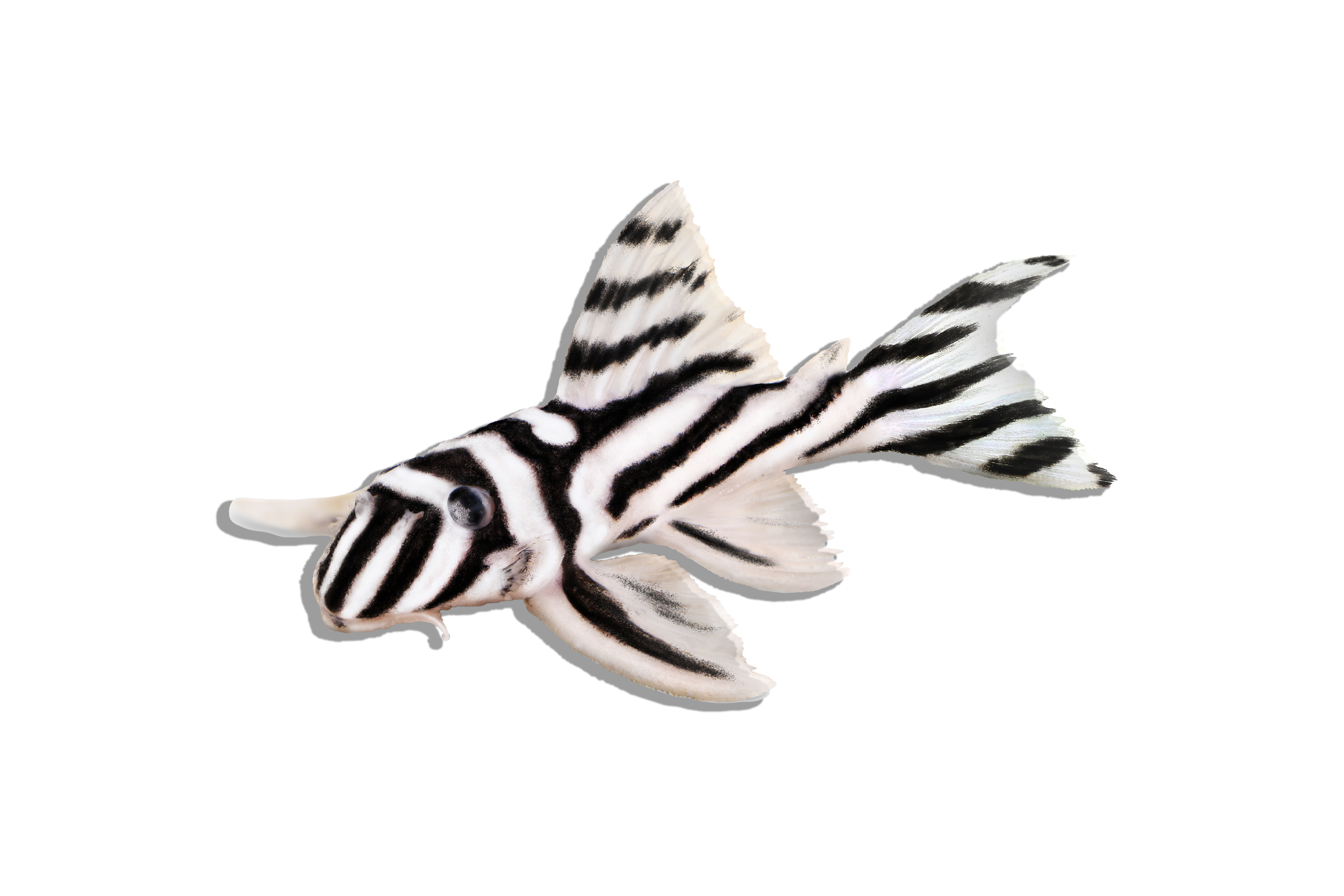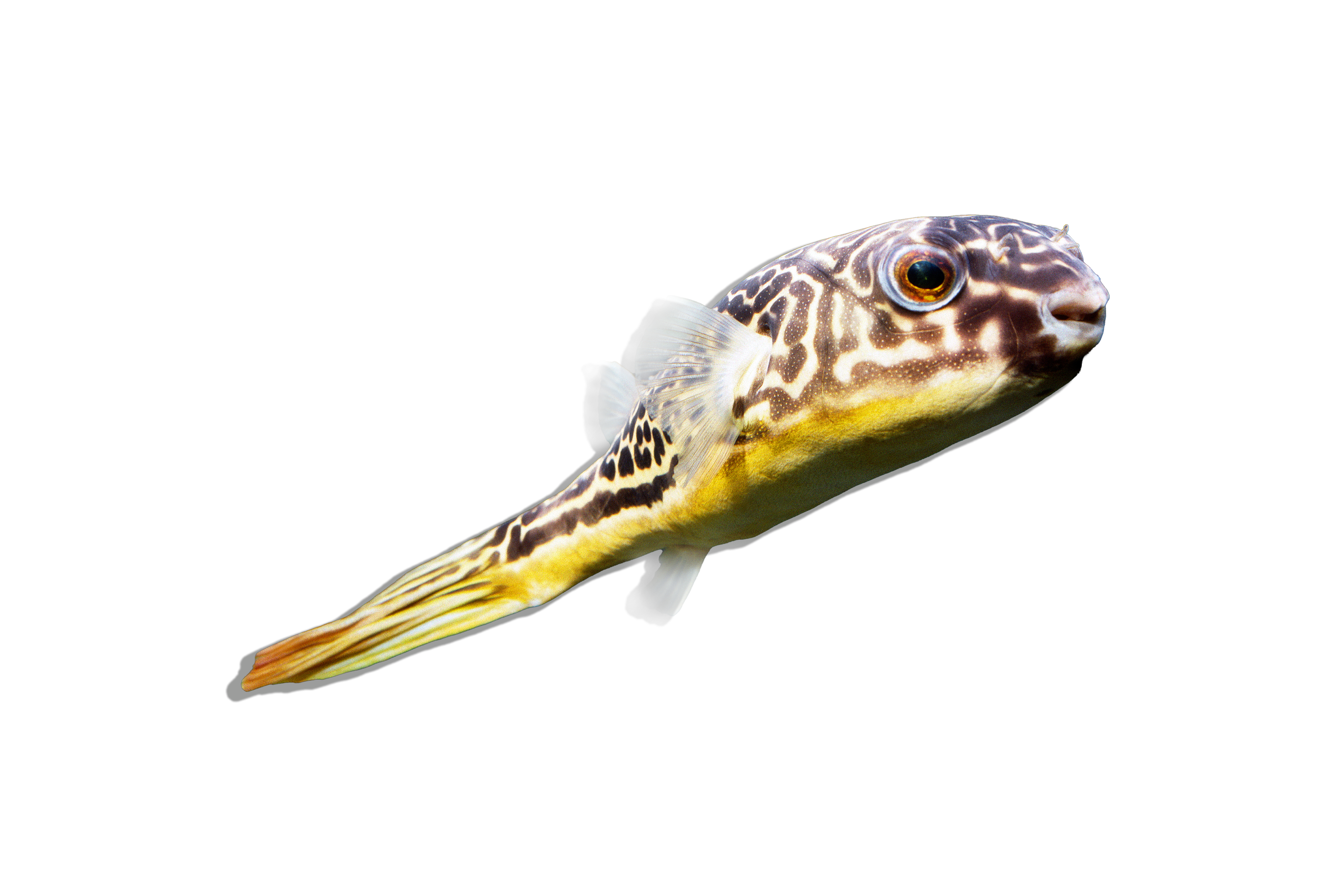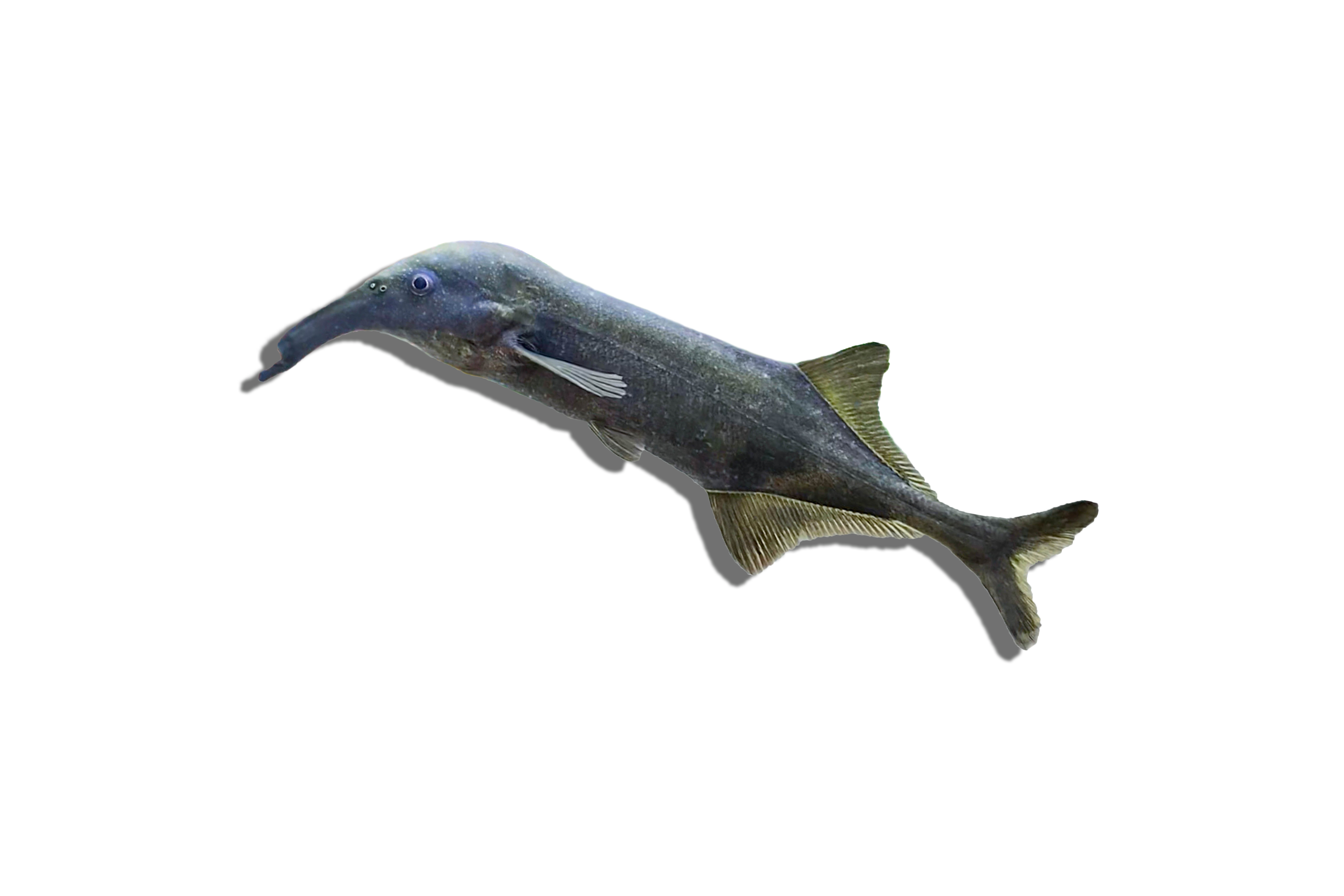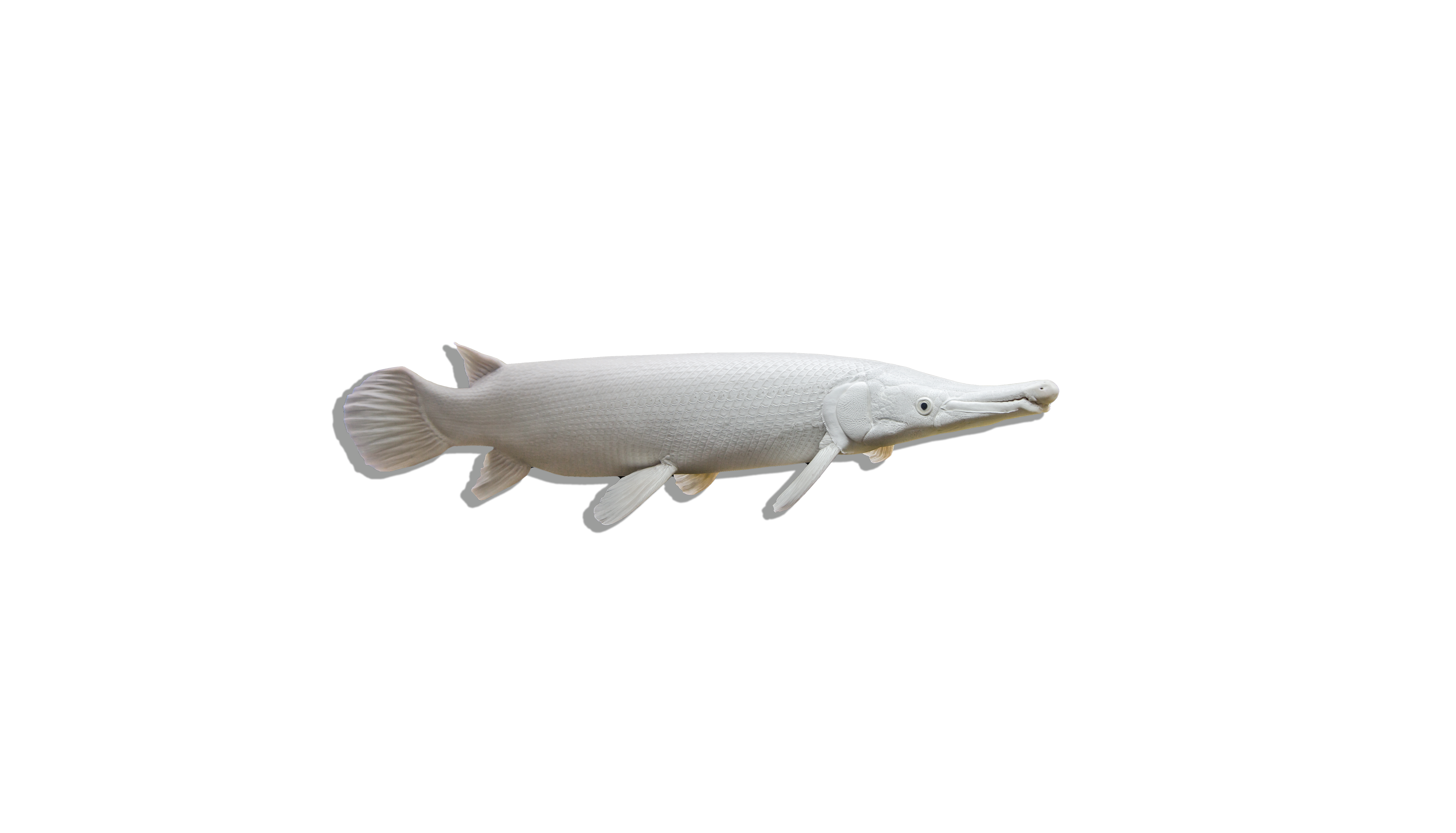Description
Common Name: Marbled Synodontis Catfish
Scientific Name: Synodontis schoutedeni
Other Names: Synodontis Catfish, Schoutedeni Synodontis, Marbled Squeaker
The Marbled Synodontis Catfish is a captivating freshwater fish known for its marbled pattern and distinctive body shape. This species typically features a mottled pattern of dark and light patches on a creamy background, giving it a marbled appearance. Its robust, elongated body and distinctive fins make it a popular choice among aquarists.
Habitat and Distribution:
The Marbled Synodontis Catfish is native to the Congo River Basin in Central Africa, specifically found in the Democratic Republic of Congo. They inhabit slow-moving rivers, streams, and floodplains with sandy or muddy substrates. These environments provide plenty of hiding spots among rocks, submerged wood, and plant debris.
Size and Lifespan:
In both the wild and captivity, Marbled Synodontis Catfish can grow up to 6-8 inches (15-20 cm) in length. With proper care, their lifespan can range from 10 to 15 years, depending on the quality of their diet and water conditions.
Diet and Behavior:
Marbled Synodontis Catfish are omnivorous, feeding on a mix of algae, detritus, plant matter, and small invertebrates in their natural habitat. In an aquarium, their diet should include high-quality sinking pellets, algae wafers, and fresh vegetables such as zucchini, cucumber, and spinach. They also benefit from protein-rich foods like bloodworms, brine shrimp, and pieces of fish. These catfish are generally nocturnal and are most active during the night. They are peaceful and can be kept with other non-aggressive fish, making them suitable for community tanks.
Breeding and Reproduction:
Breeding Marbled Synodontis Catfish in captivity is challenging but possible. They are egg layers and typically spawn in secluded areas such as caves or under pieces of driftwood. The male guards the territory aggressively, while the female tends to the eggs and fry. To encourage breeding, provide plenty of hiding spots and caves, maintain optimal water conditions with regular water changes, and feed a varied diet to enhance their health and breeding readiness.
Aquarium Care and Tank Requirements:
Due to their size and specific needs, Marbled Synodontis Catfish require a medium to large aquarium, with a minimum of 30-50 gallons recommended for adult specimens. The tank should have a soft, sandy, or fine gravel substrate to prevent injury to their delicate barbels. Include plenty of hiding spots created with rocks, driftwood, and caves to mimic their natural habitat and reduce stress. Efficient filtration and regular water changes are essential to maintaining water quality. The water temperature should be kept between 75-82°F (24-28°C), with a pH of 6.5-7.5 and soft to moderately hard water.
Ideal Tank Mates:
Marbled Synodontis Catfish are peaceful and can be kept with other small, non-aggressive fish. Suitable tank mates include tetras, rasboras, dwarf cichlids, and other small catfish. Avoid housing them with large, aggressive species that may cause stress or injury.
Difficulty Level:
Intermediate. While Marbled Synodontis Catfish are hardy and adaptable, they require specific tank conditions and diet to thrive, making them suitable for aquarists with some experience.
Water Parameters:
- Temperature: 75-82°F (24-28°C)
- pH: 6.5-7.5
- General Hardness (GH): 4-15 dGH
- Carbonate Hardness (KH): 2-6 dKH
- Ammonia: 0 ppm (ideal)
- Nitrite: 0 ppm (ideal)
- Nitrate: <20 ppm (ideal)
Additional Information:
- The Marbled Synodontis Catfish’s distinctive marbled pattern and peaceful demeanor make it a captivating addition to community aquariums.
- They are known for their nocturnal behavior, often hiding during the day and becoming more active at night.
- Fun fact: Marbled Synodontis Catfish produce sounds by grinding their pectoral fin spines against their shoulder bones, earning them the nickname "squeakers."

